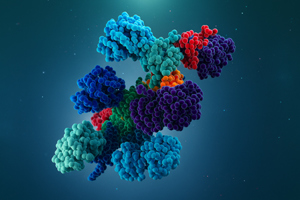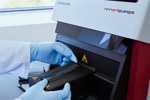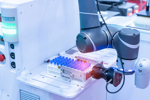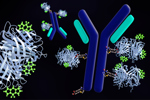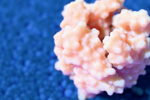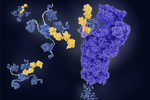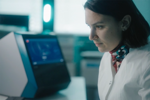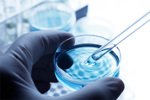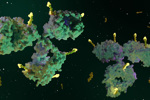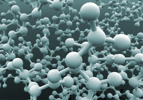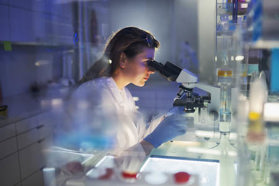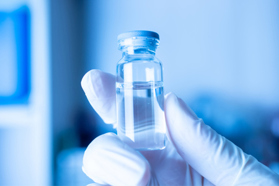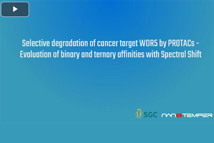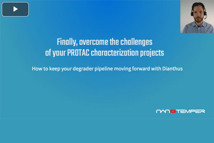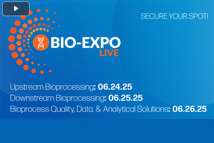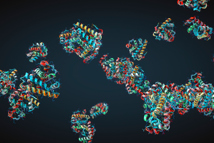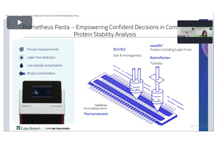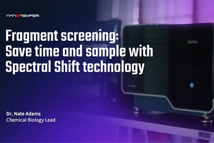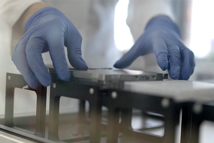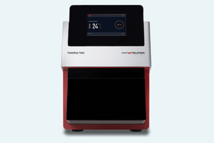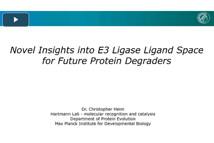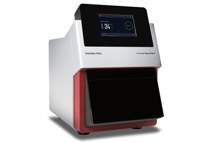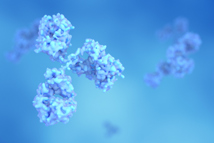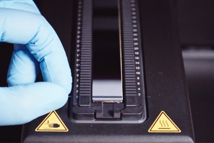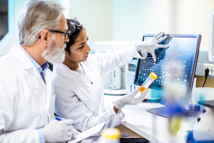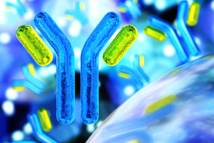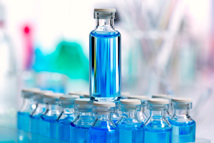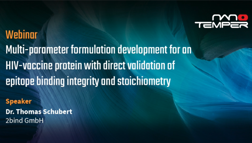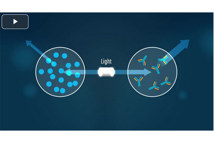
NANOTEMPER TECHNOLOGIES, INC.
At NanoTemper, we have one clear goal: a world where every disease is treatable.
This vision prompts us to empower scientists with biophysical solutions they trust, helping them discover life-saving therapies—even the toughest ones.
As a 100% founder-owned company, we are driven by a vision to continuously pioneer groundbreaking ideas, redefine what’s possible, and push boundaries. Innovation is in our DNA, driving our commitment to precision, uncompromising quality, and strong, collaborative partnerships with our customers.
That’s why we develop the highest-quality instruments, delivering reliable and precise results. Made to be easy-to-learn, easy-to-use, and automation-ready, our solutions streamline workflows while increasing efficiency. We support our customers with in-depth knowledge and scientific expertise at every stage of their journey, ensuring they achieve their goals.
Since 2008, leading pharmaceutical companies, biotech firms, and research institutions have relied on our solutions to accelerate drug development. And this was just our beginning: we’re advancing into biomanufacturing with end-to-end, GMP-compliant solutions supporting the entire drug development process—from discovery to release.
FEATURED INSIGHTS
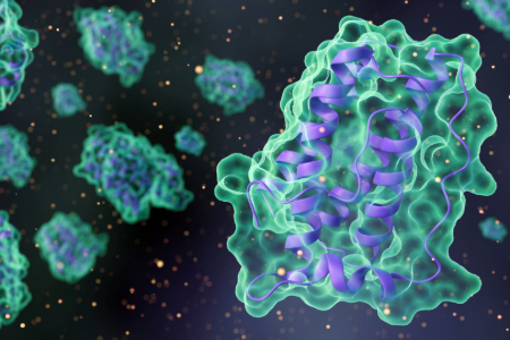 Multiplexing Optical Methods For Comprehensive Protein Characterization
Multiplexing Optical Methods For Comprehensive Protein Characterization
Understand key protein characterization parameters, from conformational stability to aggregation. Learn how measurements provide insights into protein behavior and stability.
CONTACT INFORMATION
NanoTemper Technologies, Inc.
400 Oyster Point Blvd. Suite 336
South San Francisco, CA 94080
UNITED STATES
Contact: Léa Valla
PRODUCTS & SERVICES
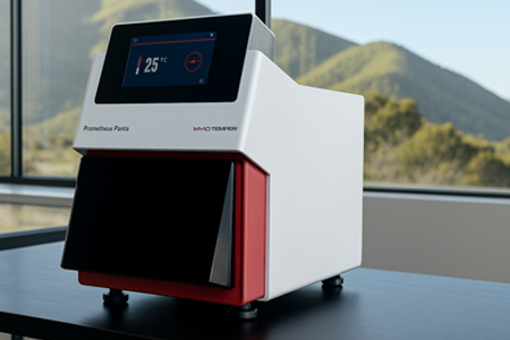 Prometheus Panta C: Precision That Powers Biopharma Breakthroughs
Prometheus Panta C: Precision That Powers Biopharma Breakthroughs
Controlled by software designed to meet 21 CFR Part 11 regulatory standards, Prometheus Panta C facilitates data integrity through distinct user access groups, while Active Directory integration provides centralized user authentication. Features such as electronic signatures, electronic records, and comprehensive audit trails further strengthen regulatory alignment.
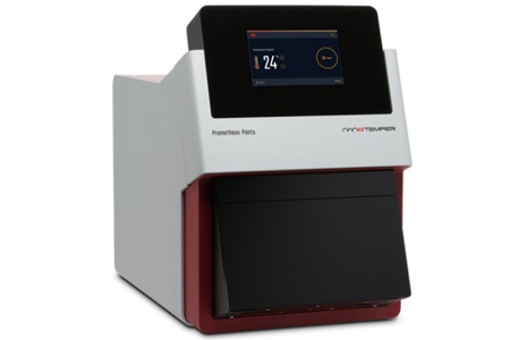 Multi-Parameter Information On Conformational And Colloidal Stability
Multi-Parameter Information On Conformational And Colloidal Stability
Prometheus Panta
With Prometheus Panta, you’ll see liabilities or stability enhancements that other technologies miss.
Only Prometheus Panta enables you to measure thermal stability, aggregation, and particle sizing and dispersity in a single run – label-free, and without using lots of sample. Unveil hidden stability behaviors and feel confident that you’re progressing with the best candidates and conditions. Get trustworthy, high-resolution data on your protein’s stability from Prometheus Panta.


